In-situ techniques
Temperature dependent XRD analyses:
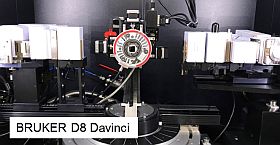
RT ≤ T ≤ 1100°C
- Sample positioned on heating plate (AlN support)
- Application to thin films and bulk.
- Heating device: Anton Paar GmbH
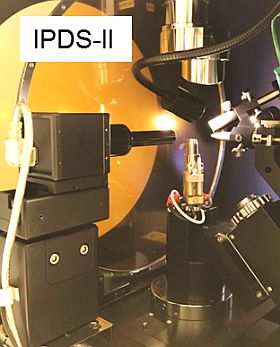
RT ≤ T ≤ 800°C
- Local N2 heat stream.
- Application to single crystals and powders in caillaries.
- Heating device: Stoe & Cie
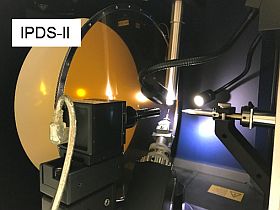
-150°C ≤ T ≤ 200°C
- Local N2 cooling / heat stream
- Application to single crystals and powders, liquids and suspensions in capillaries
- Cooling / Heating device: Oxford Cryosystems
Reactions on the XRD Instrument:
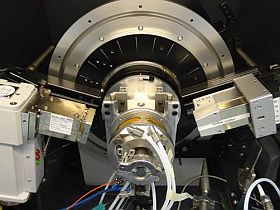
T ≤ 600°C
- Gas mixtures of N2, H2, NH3, C2H4 (atmospheric pressure, flow mode)
- Surface treatment with HCl
- Large (20 mm × 5 mm) sample size
- Applicable to Bruker D8, Panalytical X‘Pert
- Custom built by FH Bern/Empa
Mechanical stresses on the SAXS / WAXD instrument:
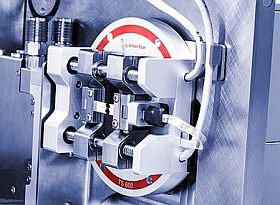
Stress-strain analysis
- Adaptable on Nanostar and Molmet systems
- Accessible 2Ɵmax=22°
- Application to membranes, fibers and thin films
- Tensile stage: Anton Paar GmbH
Fluidics on the SAXS instrument:
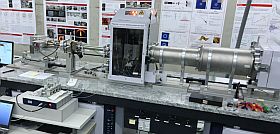
Fast dynamical studies ( <1s )
- Accessible qmin=0.04 nm-1
- Application to particle agglomeration in-vitro self-assemblies, biosynthesis and crystal nucleation and growth
- Equipped with four low pressure neMESYS pumps
Humidity studies on micro-CT and phase contrast-CT:
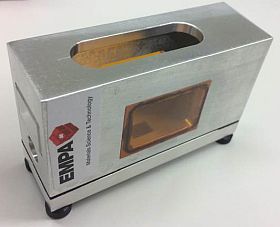
Climatic chamber:
- Relative humidity control
- Temperature range: ambient to 85°C
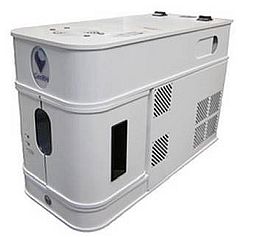
-
GenRH-Temperature and humidity generator
Mechanical stresses on nano-CT:
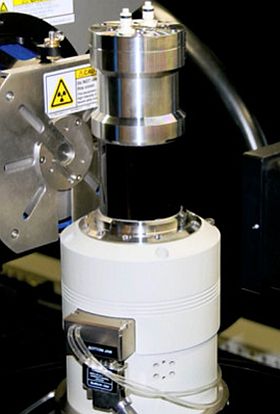
Deben CT5000-RT in-situ tensile stage:
- tensile and compression testing
- operating at room temperature
- Exchangeable load cells 500N, 2kN, 5kN

-
Share
